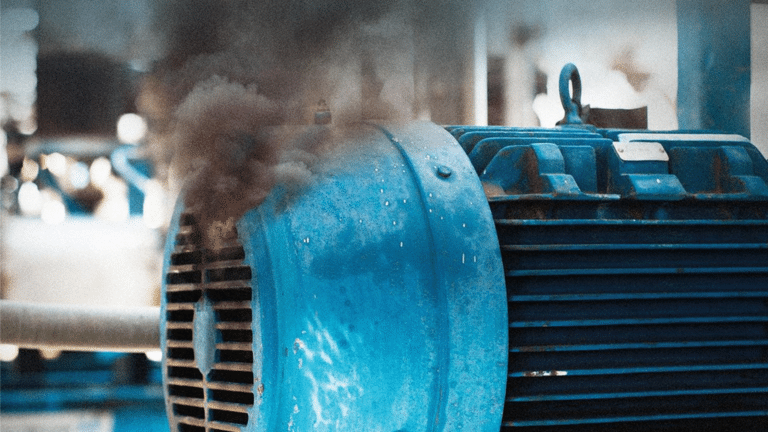To optimize your maintenance budget doesn’t mean you’re going to have endless resources at your disposal. For most organizations, it’s more common to be on a tight budget or face pressure from management about budget cuts. That can make it challenging to implement maintenance strategies that will provide long-term benefits. Whether you are working on your preventive maintenance plan or investing in EAM or CMMS software, there is an up-front cost before you see the long-term benefits. So, optimizing your maintenance budget will help you with these strategies by finding room in your current budget.
Our Top 4 Tips to Optimize Your Maintenance Budget
Increase Wrench Time
Wrench time is a measurement of your maintenance technician’s time spent performing maintenance work. It only counts active repair time and not any administrative tasks (filling out work orders or reports), organizing tools, sourcing parts, travel time, communication, or break time. The average wrench time is around 20%, an excellent goal is 40%, and the best is 55%. You will never reach 100% on this metric because there are a lot of necessary tasks that support the maintenance work.
Now, we don’t suggest measuring wrench time as a means to crack down on your maintenance team’s productivity. It serves you and the team better to allow the data to direct you to inefficiencies in your process. Are your technicians stuck spending a lot of their time filling out paper inspection reports? Are your work orders missing important information that they have to go track down before they can do the work? Could you more efficiently schedule work to reduce travel time? Or, maybe you could group similar work orders on the schedule to reduce time spent gathering tools and parts?
Increasing wrench time helps optimize your maintenance budget by saving money in labor costs and completing more work orders without adding more staff. It also impacts the organization as a whole by reducing downtime through quicker maintenance.
Improve Your Processes
While improving your processes doesn’t sound like it will have an impact that helps optimize your maintenance budget, it actually goes a long way. Many organizations still run on paper or spreadsheet-based systems, which often lack efficiency. Your technicians have to take the time out of their day to write out work orders or inspection reports. Some even have a second step of entering it in a spreadsheet or delivering the papers to billing or another department when they return to the office.
These are all time-consuming steps that could be reduced considerably with technology. Yes, technology has a cost as well, but the majority of businesses end up saving money after implementation. However, it’s not just saving an hour previously spent writing work orders. If all of your technicians had an hour back in their day, what could you get done? Could you complete more preventive maintenance? Or, could you reduce your maintenance backlog? All leading to decreased downtime, increased production, and a better bottom line.
Eliminate Unnecessary Preventive Maintenance
If you have a preventive maintenance plan, when was the last time you checked your results? To optimize your maintenance budget, you must also optimize your preventive maintenance. It’s about finding the right balance of PMs based on your actual usage, not just on OEM recommendations. Look to your inspection data for guidance on what PMs you might be able to eliminate. Additionally, make sure you pay attention to any assets you change PMs for to catch a potential increase in failure rates. Striking the perfect balance of preventive maintenance will reduce maintenance and inventory costs and free up some technician time to perform other repairs.
Assess Inventory Management
If your budget is tied up in parts inventory, then you have an opportunity to further optimize your maintenance budget here. Things to assess include parts that aren’t urgently needed and your vendor options. Ideally, you can source less critical parts from vendors who have a short lead-time, which frees up some of the budget that was just sitting on a shelf. Also, you can look for a vendor that provides a “keep stock” option. This guarantees they have the part available, but you don’t have to pay until you actually need it. In some cases, optimizing your budget comes down to finding flexibility in areas you didn’t know were possible.
At the end of the day, it is possible to reach your KPI goals or implement a new maintenance strategy on your current budget. It just requires communicating with your team and making data-driven decisions to optimize your maintenance budget.


